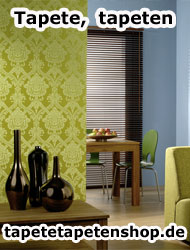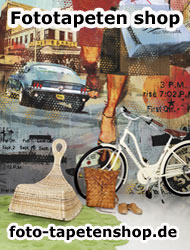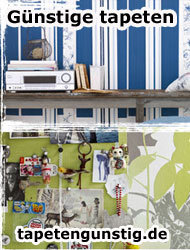

Kedves Vásárlóink!
Megújult webáruházunk nagyobb választékkal,
változatlan kedvezménnyel várja Önöket!








First step
Before you start wallpapering, the basic rule is to make sure that the surface is dry, even and firm.
Start by turning off the electrical power to the room. Remove the cover plates on outlets and switches.
We recommend you remove skirting boards and ceiling mouldings. Good advice: Write on the back of boards and moulding where they come from – it’s makes life much easier when you put them up again. Remove hooks and anything else from the walls. Now determine what the wall surface is like.
Make sure that all loose wallpaper is scraped off, especially in corners and along skirting boards. When stripping paper-backed vinyl wallpaper and textured wallpaper, pull off the whole top layer. Sand down or cut away old seams where the wallpaper overlapped and fill any cracks, holes or uneven areas on the wall with filler to ensure a smooth finish. For larger holes, use a deep-repair filler or something similar. When dry, lightly sand all filled areas. Dust the walls then apply thinned paste to the filled areas according to the manufacturer’s instructions
Clean the surface with a paint cleaner and then rinse thoroughly. Apply a skim coat over the entire surface, sand down and pre-paste the walls.
Pull off old wallpaper. Use wallpaper stripper if the wallpaper is difficult to remove. Fill any cracks and holes and apply paste to filled areas.
Wash with a paint cleaner or similar and rinse thoroughly. Scrape off any flakes and clear cracks of loose plaster. Fill any cracks with filler and sand smooth.
Fill uneven areas and seams. Apply a skim coat over the entire surface and sand down. Dust the walls and pre-paste.
Fill all holes in the wall left by nails and screws. Fill joints of tiles with wall filler or glue with textile adhesive. Fill any cracks with a plaster filler. Sand down and pre-paste. Apply an alkyd-based primer to particle board joins to prevent loose edges.